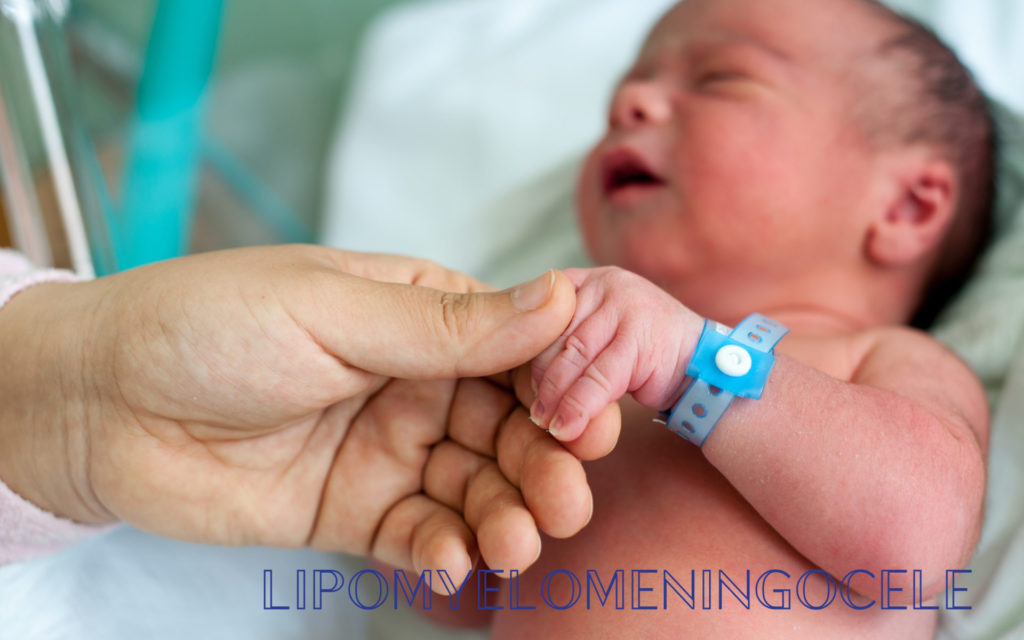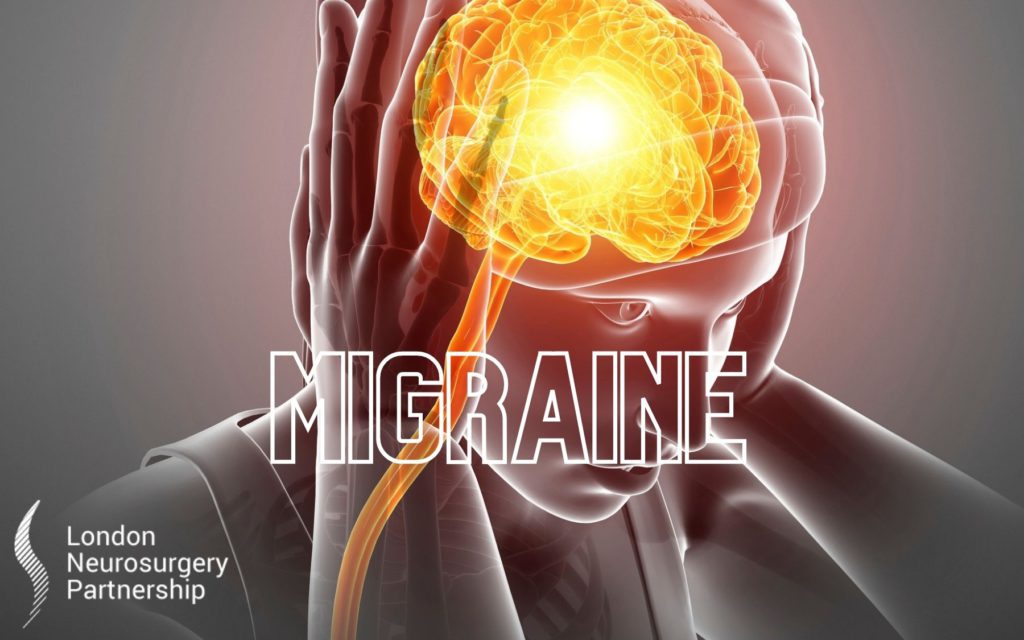
Sacroiliac joint pain is associated with pain around the lower back, radiating to the hip and thigh.
What are sacroiliac (SI) joints?
You have two sacroiliac bones in the lower part of your spine, one on the left and one on the right. They are located directly below your lumbar spine and connect to your pelvis. The SI joints do not need to move like the other parts of your spine as their job is to support and provide stability to the weight of your upper body.
What are the causes of sacroiliac joint dysfunction?
Your SI joints are covered in a protective layer called cartilage and when this wears down, usually caused by ageing, it can cause the bones to rub on each other which can cause degenerative arthritis.
Pregnancy can also cause SI joint dysfunction; this is because the body is relaxing the muscles and joints ready for childbirth. Increased movement and changes of the joints will result in extra stress on those SI joints and can cause sacroiliac joint pain.
Sacroiliac joint pain can occur when there are changes in the ligaments, this means if they become too loose or even too tight it can become painful and inflamed. Changes like a fall or injury, surgery, ageing, altered walking pattern and other medical conditions can all become factors in SI joint dysfunction.
What are the symptoms?
Sacroiliac joint pain starts in the lower back, it will then radiate down to your hips, legs, buttocks and thighs. The pain is usually felt on one side and will worsen during physical activities like walking, running, climbing stars or standing for long periods of time. The pain can feel sharp and a dull-like ache, you may also experience a tingling or numbness sensation.
Diagnosis
During a consultation, a full medical history will be taken as well as a physical examination which will entail testing your reflexes and applying pressure to your joints to find a pain source.
An MRI scan, CT or X-ray will be performed to view detailed images of the SI joints and surrounding bones, this will ultimately confirm the diagnosis of SI joint dysfunction.
If imaging does not confirm a diagnosis then a injection containing corticosteroid and local anaesthetic will be placed at the SI joint. This will numb the area, if the pain continues after the injection then it would be unlikely that the SI joints are the source of your pain.
Treatments
It is always best to start with non-surgical treatment like physical therapy and stretching. Some anti-inflammatory medications may also be able to help such as ibuprofen, naproxen, creams, patches and salves
Steroid injections are a good way to target the pain without surgical intervention. They can reduce the swelling and inflammation but they are only temporary and may need repeating. Nerve blocks are also useful in delivering an electrical current to stop the nerve fibres from sending pain signals to the brain.
Surgery will be a last option which can involve a fusion of the SI joints where titanium plates and screws are placed with the joints and fused together and promote bone growth which will stop all movement from the SI joints and stop the pain. If you would like to know more about fusion surgery please click here.
This article is intended to inform and give insight but not treat, diagnose or replace the advice of a doctor. Always seek medical advice with any questions regarding a medical condition.
Back to spinal conditions.





0 Comments